All Stories
-
 Astronomy
AstronomyThe Parker Solar Probe takes its first up-close look at the sun
NASA’s Parker Solar Probe survived its first encounter with the sun and is sending data back to Earth.
-
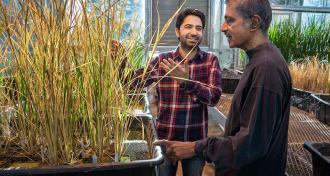 Plants
PlantsHybrid rice engineered with CRISPR can clone its seeds
New research has created self-cloning hybrid rice, raising hopes of higher food production.
By Susan Milius -
 Health & Medicine
Health & MedicineBabies born in opioid withdrawal have unusually small heads
Infants born dependent on opioids had heads that were smaller than babies whose moms didn’t use the drugs during pregnancy.
-
 Health & Medicine
Health & MedicineMany babies are crummy sleepers, confirming what millions of parents already know
A new survey suggests that lots and lots of babies aren’t sleeping through the night. The results may prompt new parents to lower their expectations.
-
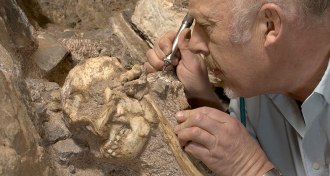 Humans
Humans‘Little Foot’ skeleton analysis reignites debate over the hominid’s species
Long-awaited analyses of the Little Foot skeleton have researchers disagreeing over resurrecting a defunct species name.
By Bruce Bower -
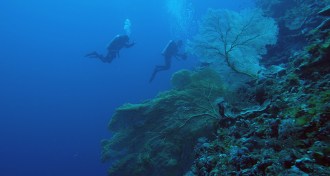 Animals
AnimalsNearly 200 Great Barrier Reef coral species also live in the deep sea
There are more coral species lurking in the deep ocean that previously thought. That could be good news for their shallow water counterparts.
-
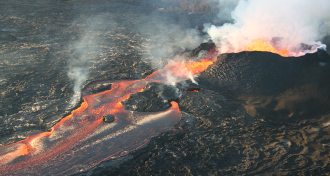 Earth
EarthHere’s what was surprising about Kilauea’s 3-month-long eruption
Researchers revealed new insight into the Hawaiian volcano’s most recent eruption.
-
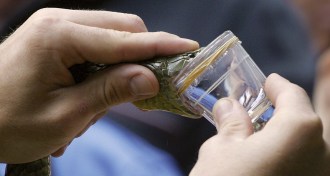 Life
LifeBiologists are one step closer to creating snake venom in the lab
Milking snakes for venom may soon no longer be needed to make antidotes for bites.
-
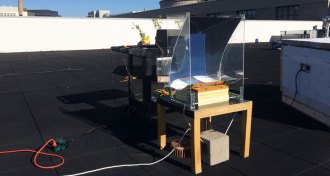 Tech
TechA new way to turn saltwater fresh can kill germs and avoid gunk buildup
A new device that harnesses sunlight to produce pure vapor from seawater could last longer and produce cleaner water than other technology.
-
 Climate
ClimateThe list of extreme weather caused by human-driven climate change grows
The tally of extreme weather events linked to climate change continues to grow, with new studies outlining links to more than a dozen events in 2017.
-
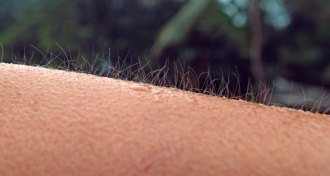 Life
LifeGetting goose bumps could boost hair growth
The same nerves and muscles that create goose bumps may make hair grow.
-
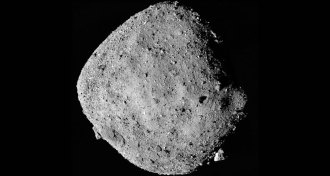 Planetary Science
Planetary ScienceNASA’s OSIRIS-REx finds signs of water on the asteroid Bennu
NASA’s OSIRIS-REx spacecraft found signs of water and lots of boulders on the asteroid Bennu.